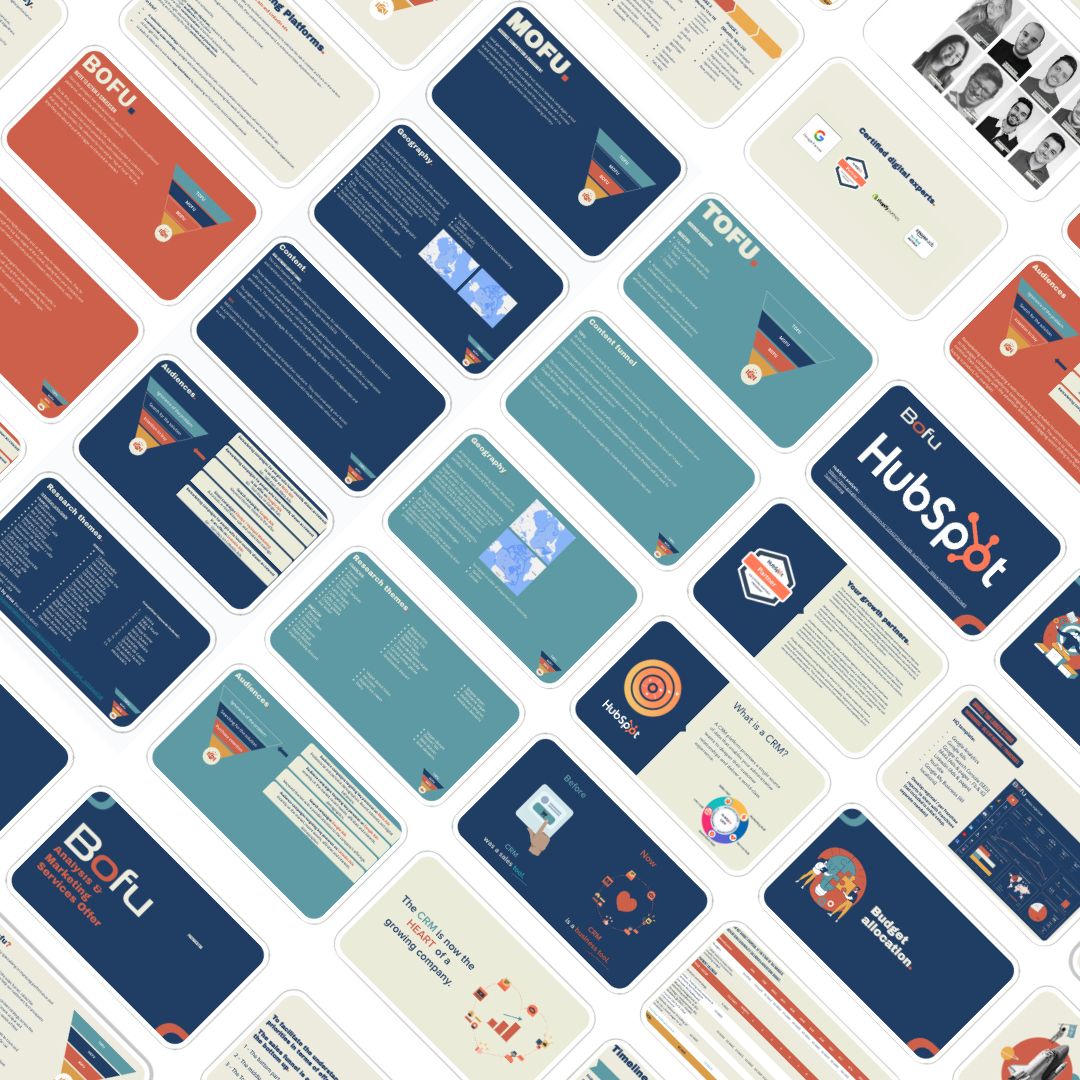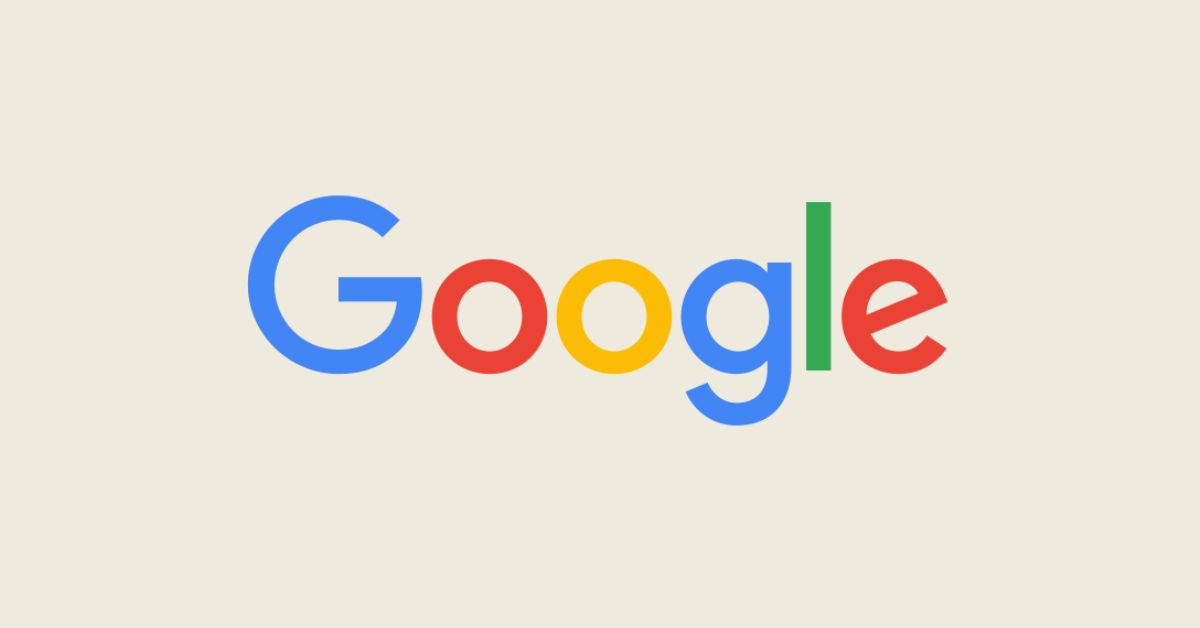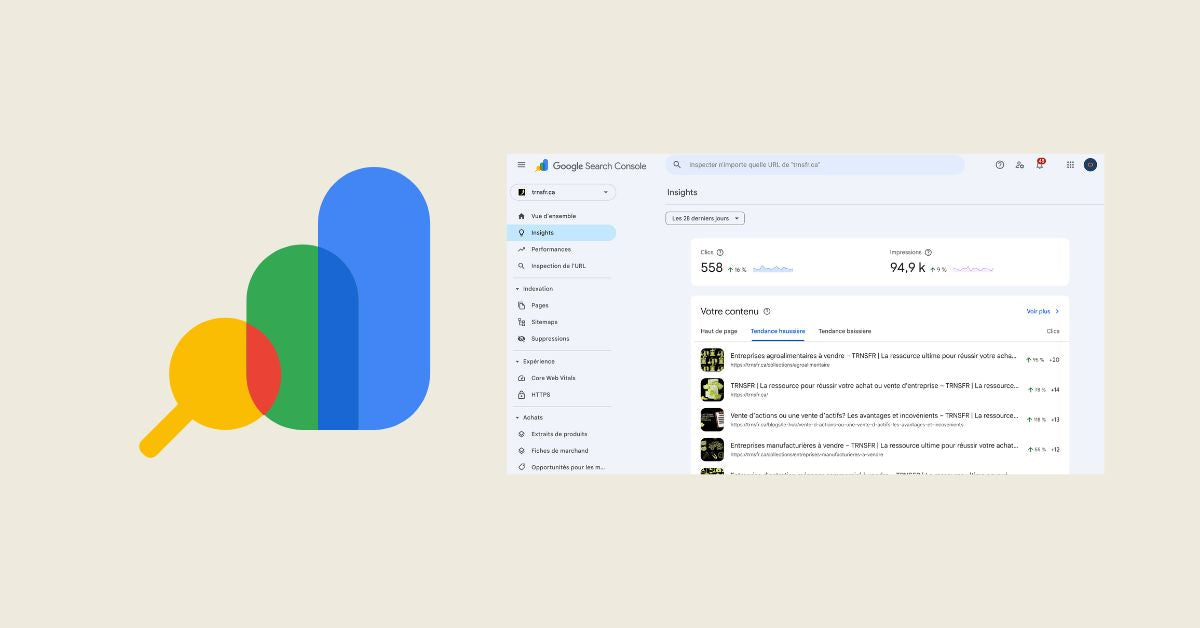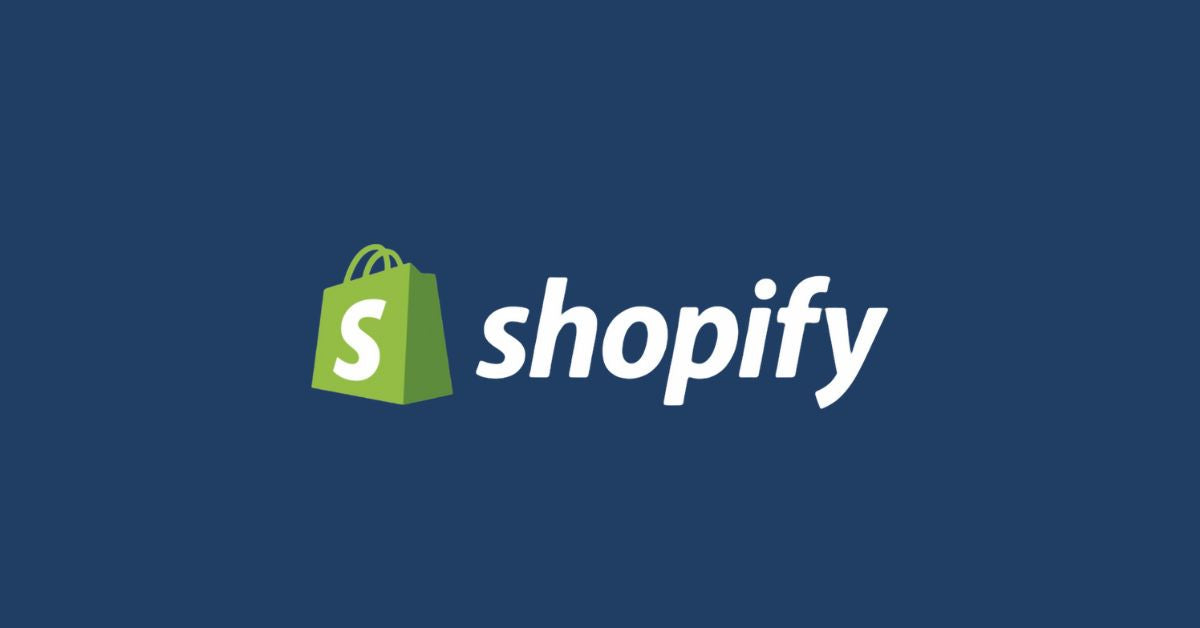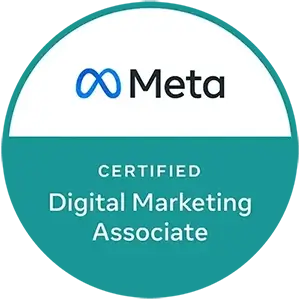Programmatic advertising leverages the latest technologies, automation, and machine learning to deliver your ads to the right people, at the right time, and in the right place. But do you really know how this now-essential lever in digital strategies works?
We'll explain everything to you—and, above all, why it's in your best interest to include it in your marketing arsenal.
How does programmatic advertising work?
A quick refresher to help you understand the basics. Programmatic marketing relies on a real- time bidding (RTB) system and marketplaces called Ad Exchanges .
• Publisher side (websites): they use a platform called Supply Side Platform (SSP) to offer their advertising spaces, indicate their prices (often in CPM), the available formats and their preferences.
• Advertisers : they use a Demand Side Platform (DSP) to define their target audience, their budget, their advertising visuals, and the distribution parameters.
As soon as a visitor matching a campaign's criteria arrives on a compatible site, an auction is automatically triggered. The highest bidder wins the space, the ad appears instantly, and everything is settled in milliseconds.
Saving time
With automation, you set up your campaigns once, and the machine does the rest. Bidding takes place in real time, as does the results collection. The result: you spend less time on operational management and more time on strategic optimization.
Targeting accuracy
Programmatic uses the power of data and algorithms to reach highly relevant audiences. You can combine different types of targeting:
• Contextual : depending on the content of the site.
• By keyword : according to the keywords associated with the page.
• Behavioral : Based on users' browsing history.
• Geographic : depending on location.
• Retargeting : to retarget your past visitors.
• Personalized : according to your own audience criteria.
You have precise control over where, when, and to whom your ads appear. Best of all, you can exclude irrelevant segments to maximize impact.
ROI optimization
Whether you're looking to generate traffic or awareness, machine learning adapts to your goals:
• For acquisition: it optimizes clicks, conversions or sales.
• For visibility: it focuses on impressions, coverage or completion rate.
Artificial intelligence continuously learns to improve performance and reduce unnecessary costs, ensuring every dollar invested is better spent.
User experience
Well-targeted ads are perceived as helpful rather than annoying. Programmatic advertising allows for personalized messaging, formats, and timing. The result? A smoother user experience and a higher likelihood of conversion.
Flexibility
Programmatic advertising stands out for its versatility.
The advertising inventory is immense, with a multitude of sites and apps ready to broadcast your messages. In terms of formats, you're spoiled for choice: banners, videos, audio, podcasts, digital signage, and more.
This diversity allows you to adapt your message to each stage of the customer journey.
The challenges to be aware of
Like any marketing tool, programmatic advertising is not without its challenges. Among the issues to watch for:
• Ad fraud : Some spaces may be artificially inflated by bots.
• Lack of control : If your settings are incorrect, your ads may appear on irrelevant sites.
• Algorithm dependency : A lack of human analysis can limit strategic optimization.
Fortunately, these risks are largely manageable with a good platform, regular audits and expert support.
An essential building block in an omnichannel strategy
Programmatic doesn't work in a vacuum. Quite the contrary, it perfectly complements other digital channels: search engine optimization, email, social media, SEO, and even CRM.
For example, by combining your CRM data with your DSP, you can retarget engaged prospects or create lookalike audiences. Additionally, the insights gathered through your programmatic campaigns feed into your overall strategy and foster greater synergy across channels.
Trends to watch
The programmatic advertising market is evolving. Here are some trends to keep in mind:
• The rise of programmatic audio : more and more streaming platforms and podcasts are opening up their inventory.
• Digital outdoor display (DOOH) is also becoming accessible via real-time bidding.
• The disappearance of third-party cookies gives new importance to first-party data.
• Generative AI and advanced personalization enable dynamic creations to be produced faster and more efficiently.
Conclusion: Why integrate programmatic into your strategy
Saving time, ultra-precise targeting, optimized performance, better user experience, varied formats... Programmatic advertising is proving to be an essential lever for any company wishing to maximize its online visibility and business results.
Interested in integrating programmatic into your digital strategy? Let's talk. We can guide you through choosing platforms, defining audiences, and continuously optimizing your campaigns.




